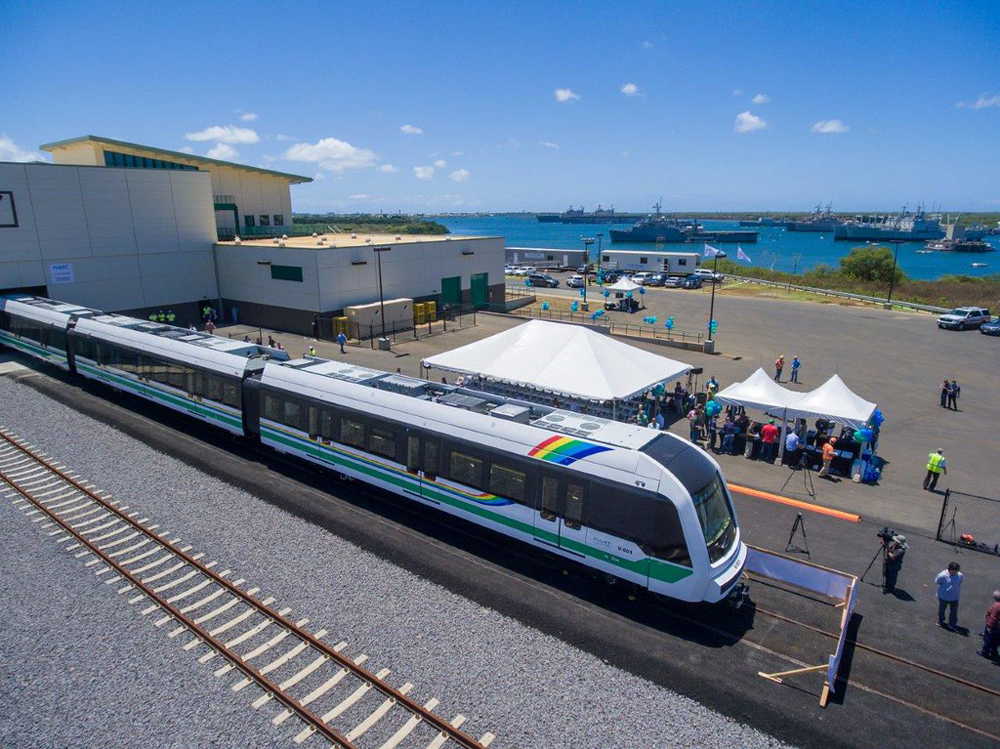
Interim CEO says Honolulu rail system will cost $12.4 billion, take 10 more years to complete
The cost of Honolulu’s light rail system has risen to $12.4 billion and will take another 10 years to finish, interim CEO Lori Kahikina told the Honolulu Authority for Rapid Transportation board. Hawaii News Now reports that Kahikina that the agency is in a dispute with manufacturer Hitachi Rail over who is at fault for a recently revealed problem with railcar wheels that don’t properly fit switch frogs [see “Digest: MBTA sidelines new CRRC cars …,” Trains News Wire, March 17, 2021], leaving unsettled who will pay for repairing the problem. The troubled light rail system, which was supposed to be completed in 2020, is now estimated to cost $3 billion more than the available sources of funding.
South Shore project realigns tracks at East Chicago station
A South Shore Line project at the commuter railroad’s East Chicago station is intended to shave a minute to a minute and a half off travel times, a prelude to forthcoming changes meant to significantly reduce travel times between Chicago and Michigan City, Ind. The Chicago Tribune reports the project, which could lead to 10- to 15-minute delays for some midday trains for the next two to three months, will realign track to allow trains to travel faster than the current 15-mile restriction they face entering and leaving the station, as well as upgraded signals and computerized train control. The $2 million project is being funded with federal money and the railroad’s annual capital improvement budget.
U.S. DOT launches ‘Mask Up’ campaign
The U.S. Department of Transportation has launched the “Mask Up” campaign to aid the safety of transportation workers. An effort across all forms of transportation, including efforts of the Federal Railroad Administration and Federal Transit Administration, the centerpiece of the campaign is a digital toolkit including posters, social media materials, FAQs, and other resources. “Throughout the pandemic, transportation workers have played a vital role connecting Americans to their jobs, keeping goods moving, and ensuring that vaccines get to where they’re needed,” U.S. Transportation Secretary Pete Buttigieg said in a press release. “With this campaign, we’ll send a clear message to people who travel: When you wear a mask, you’re protecting the safety of our essential transportation workers, your fellow passengers, and yourself.” More information is available here.






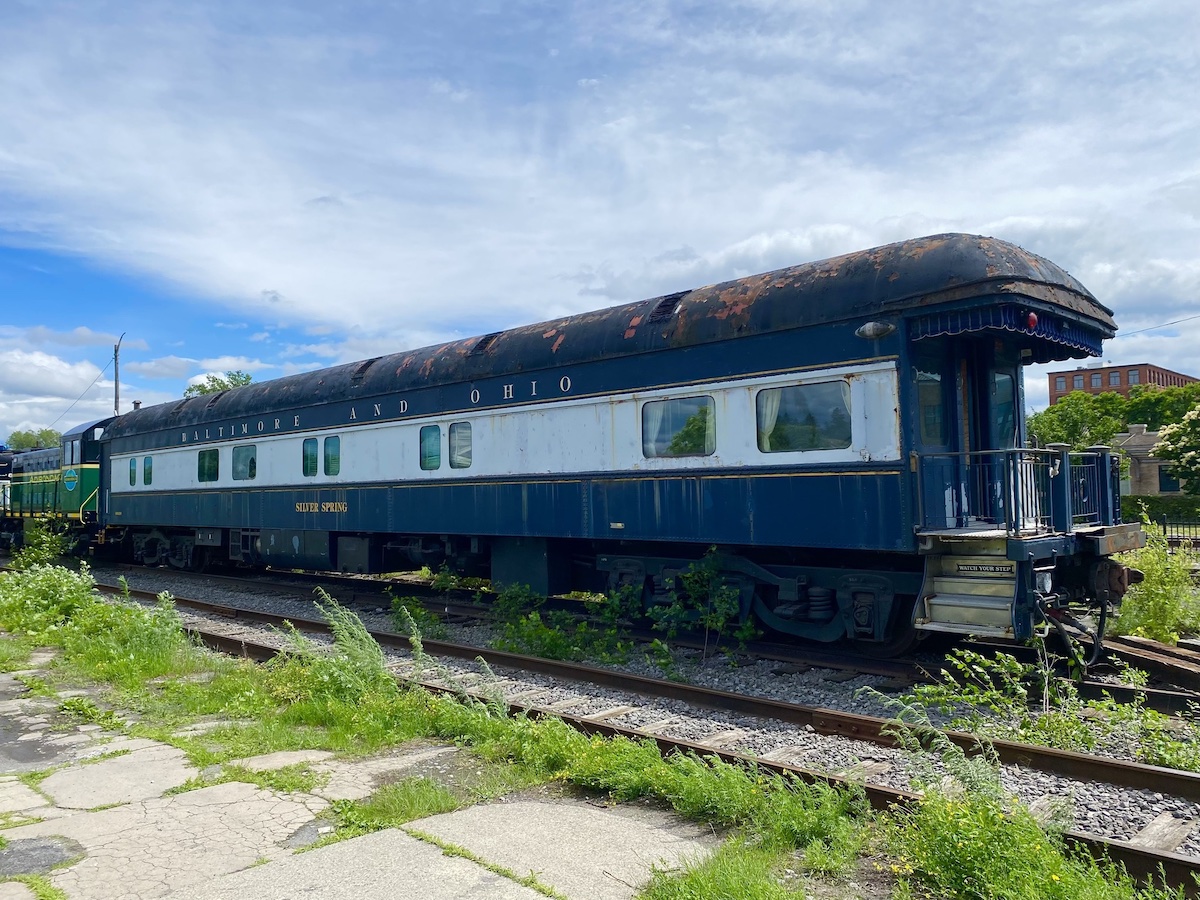
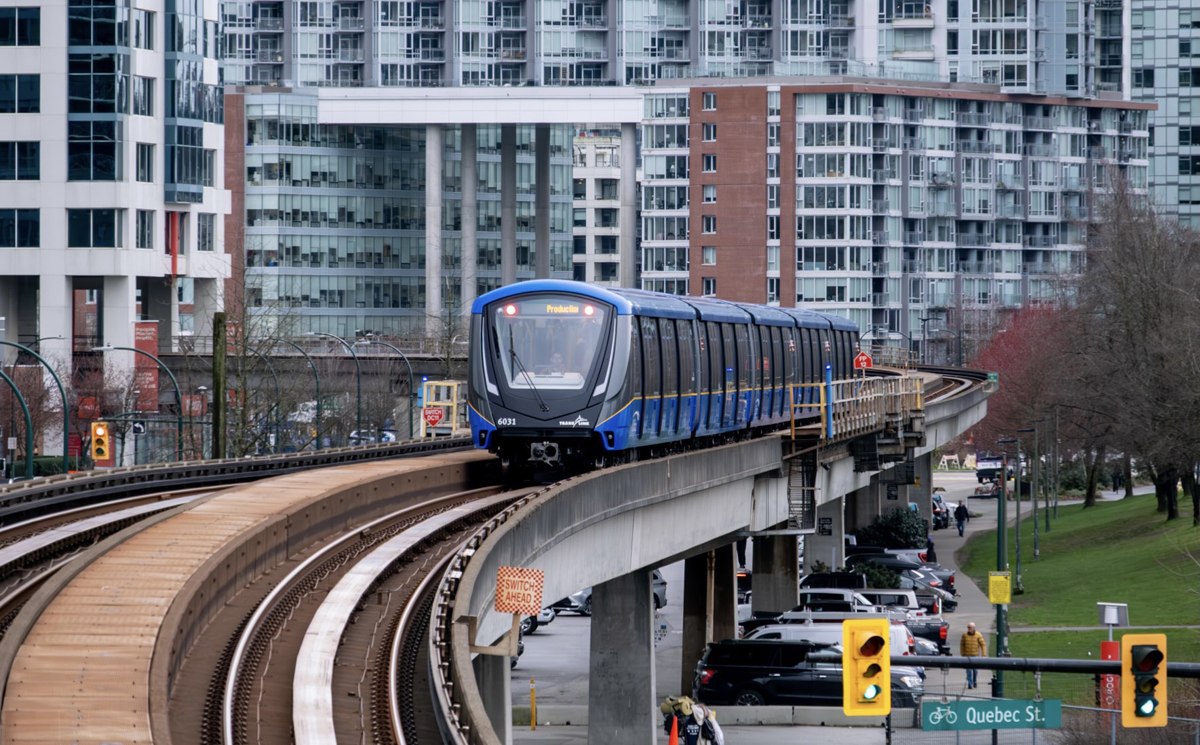
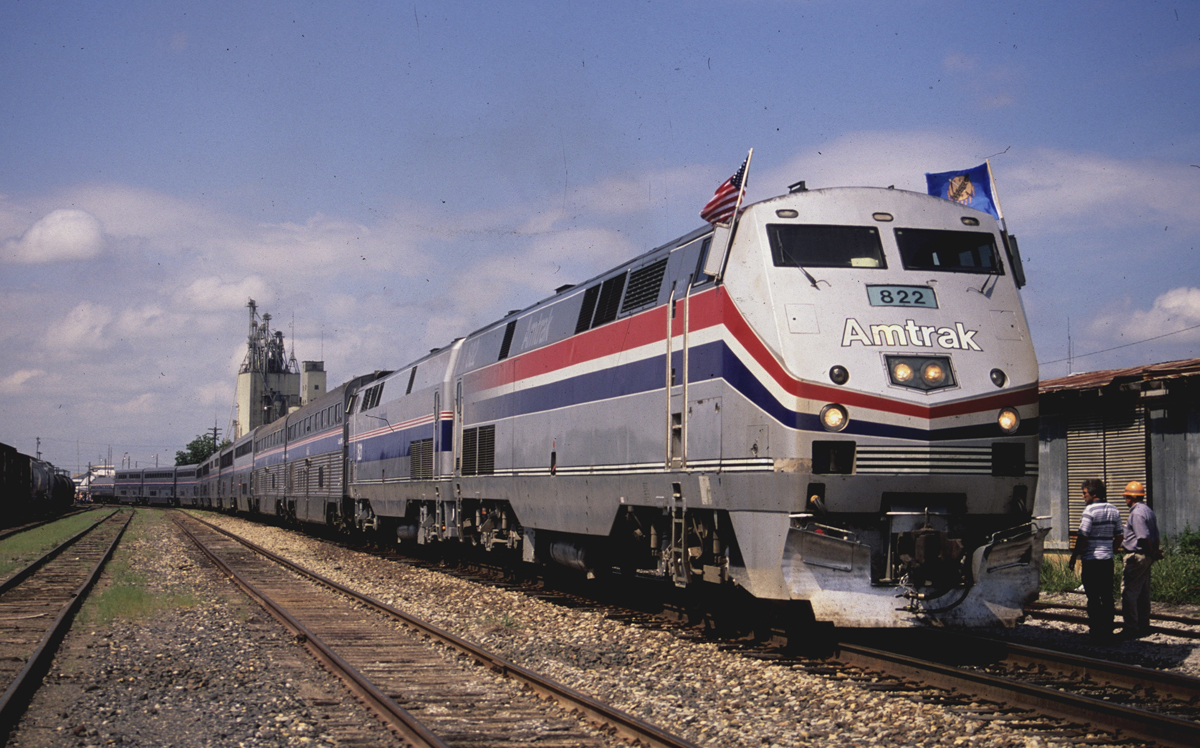
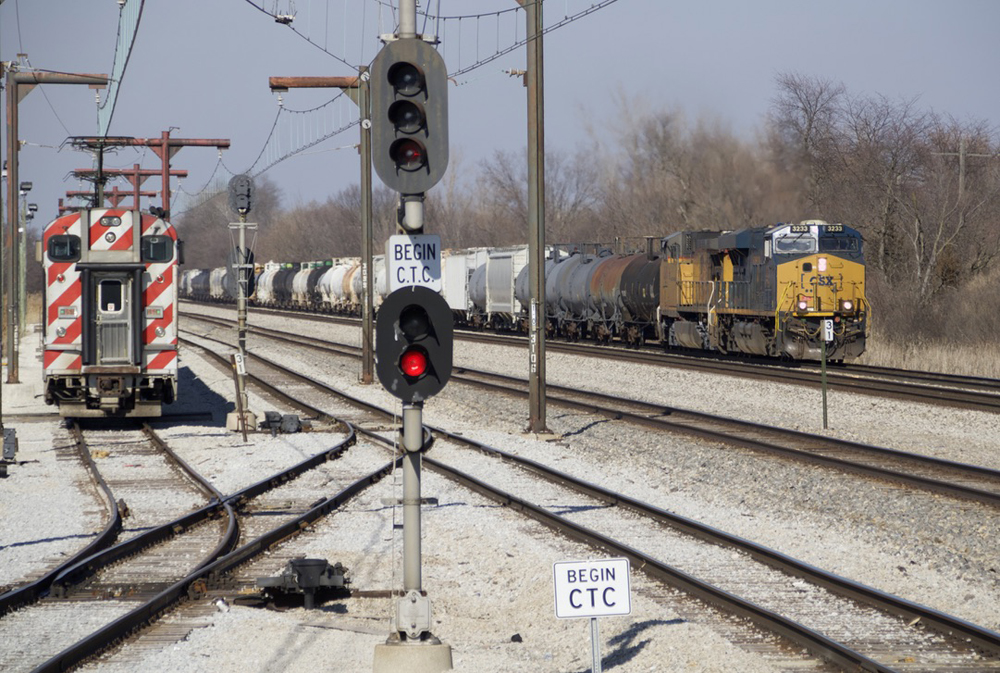




Two items:
I lived in Hawaii for three years in the 1980s and can only say that the HART boondoggle only assures me that nothing in Honolulu politics has changed in 38 years. There was talk of a new rail system at least as far back as 1985, and the mismanagement began immediately.
It never ceases to amaze me how my tax dollars here in South Carolina are being used all over the country for things that do absolutely nothing to help me. The chances that I will EVER see a benefit from the South Shore/NICTD East Chicago station project is next to nil. Simply raising the fare TWO CENTS for every ride would pay for this project in one year. Why do I need to pay?
Re problems with Honolulu light rail, although it could have been built at-grade for the first few miles after the start in Kapolei, after that the route becomes difficult. Although the old Oahu Railway (3 foot narrow gauge) ROW still exists from Waipahu all the way to Nimitz Gate (the main entrance to Pearl Harbor), and it was for a double track main line, I don’t know that it would have been wide enough given today’s requirements. Heading east from Nimitz Gate there is no place, within reason, for a ground level track to the vicinity of Middle Street. Likewise for such a track running down Dillingham Blvd and running such a track through downtown Honolulu to get to the end at Ala Moana Center would be completely unrealistic, grossly expensive, and would be rejected by all here. So, there are good reasons for why they went with elevated track. As for the cost, one reason is the delays caused by several law suits, one of which delayed work for a year while a one mile (approx.) subway to avoid visual pollution near our center of government was considered. A judge found against it after it was determined that it would cost about a billion dollars. NIMBY and related views are very much alive and well here. As for poor management, how do you get frogs that are too shallow for the wheels? From a life long resident of Honolulu and railfan.
Tully Isle
Picking up on the South Shore/NICTD East Chicago station project, this is very good news. For those of you not familiar with the “west end” of the railroad, as part of the ctc deployment of I think the early 2000s, gauntlet tracks were put in at the high-level platforms at Hegewisch, Hammond, and East Chicago. The turnouts at the ends of the gauntlets separate the passenger trains and the freights. They put the passengers on the track that provides proper spacing for high-level platform for boarding/ detraining. The freights are put on the track that keeps them away from the platforms. But for some reason the original layout gave the passenger trains the sharper diverge good for only 15mph. So an engineer cannot charge into the station and wind the brakes on when appropriate for a smooth stop. Instead they have to crawl in and crawl out. It seems this will fix a problem that never should have been. I wonder if Hegewisch and Hammond will get similar treatment.
Not to worry…..there’s never any accountability in the Hawaiian islands…..in most instances, problems are swept under the carpet and unless the Feds get involved the mantra in the islands is “no make waves” (don’t upset the applecart)…..
HART isn’t the first major public works project in Hawaii to have taken a generation (or two) to complete…..the “H-3” freeway linking Pearl Harbour Naval Shipyard and Marine Corps Base Hawaii is 15.32 miles in length, cost the U.S. taxpayer $1.3 billion dollars (about $80 million per mile) and from the planning/design stage (1960) to the final completion (1997) took about 37 years…..
From 1889 to 1947, the Oahu Railway and Land Co. provided reliable and safe transit from Honolulu to Kahuku thru Aiea, Pearl Harbour, Ewa, Waianae and Waialua with a spur to Wahiawa…..ironically, HART follows the basic alignment of the Oahu Railway…..it’s unfortunate Hawaii’s short-sighted island leaders should have bought the Oahu Railway….or at least the ROW!
That’s what happens when you try to reinvent the wheel. ROW already there, why make it complicated?
That’s the way the ball bounces!
The Honolulu light rail system should have been built on the ground like other light rail systems on a grassy medium comprising most of the dedicated right-of-way. Instead, it has become financially California high speed rail in miniature.
Plenty of taxpayer funded infrastructure projects come in on time and on budget. LA Metro is very good at doing this, Sound Transit and Portland’s MAX are also quite good at it. Any complex project, no matter the funder/manager can go over budget and take far longer than planned. Just look at nuclear power plants…how many of those had billions flushed down the toilet and were left half built? Hundreds. Most of them built by private industry (with ratepayer money.)
That’s not entirely fair. Nuclear plants are very heavily regulated and subject to microscopic inspection every step of the way by bureaucrats who don’t want to get blamed for any future mishaps, plus NIMBY’s and environmentalists. Because plants have not been built to common blueprints every one has been inspected from the very beginning of work. People are working on modular reactor designs, where a single design can be installed in multiple locations without changing anything, so one design review and inspection will cover multiple reactors.
I suspect some less than honorable actions with this amount of money spent.
They were beginning to build that line when I was in Honolulu in 2006! I love these taxpayer funded (infrastructure) projects.
My 5 year old grandson may get to ride the Honolulu System when he graduates college, presuming no more delays LOL. What a mess there.